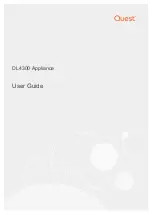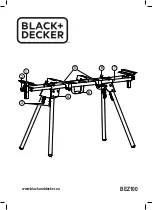
EonStor DS B12/B24 Series
2
System Connection
This chapter outlines the general configuration rules you should follow when cabling
a storage system and introduces basic information about topologies. You can use
these topologies or refer to them as a guide for developing your own unique
topologies. A complete description of the power-on and power-off procedures is also
given in this chapter.
22
General Considerations on Making Connections
When selecting the number of hard drives to be included in a logical drive, the host
channel bandwidth and the mechanical performance of individual disk drives should
be considered.
It is a good practice to calculate performance against the host port bandwidth when
designing an application topology. As an example, if eight members are included in a
logical drive and this logical drive is associated with a host ID (LUN mapping), the
combined performance of this logical drive should approximate the channel
bandwidth. If, for example, two 6-drive logical arrays are associated with two IDs
residing on a single host channel, there may be a trade-off with performance.
If your system comes with dual controllers for a total of 8 host ports, it is
recommended that you obtain more disk drives by attaching a JBOD so that you can
create 4 or more 6-member logical drives. These 4 logical drives leverage the
bandwidth of all 8 host ports.
There are other considerations:
For example, a spare drive carries no data stripes and will not contribute to
disk-level performance. Refer to the documentation for your hard drives for
performance data.
When cabling, follow all the specifications. Pay attention to signal quality and
avoid electronic noise from adjacent interfaces, e.g., do not lay power cords
on optical cables.
The disk drives in the same logical array should have the same capacity, but it
is preferred that all the drives within a chassis have the same capacity.
Disk drives in the same logical drive should have the same capacity, but it is
50















































